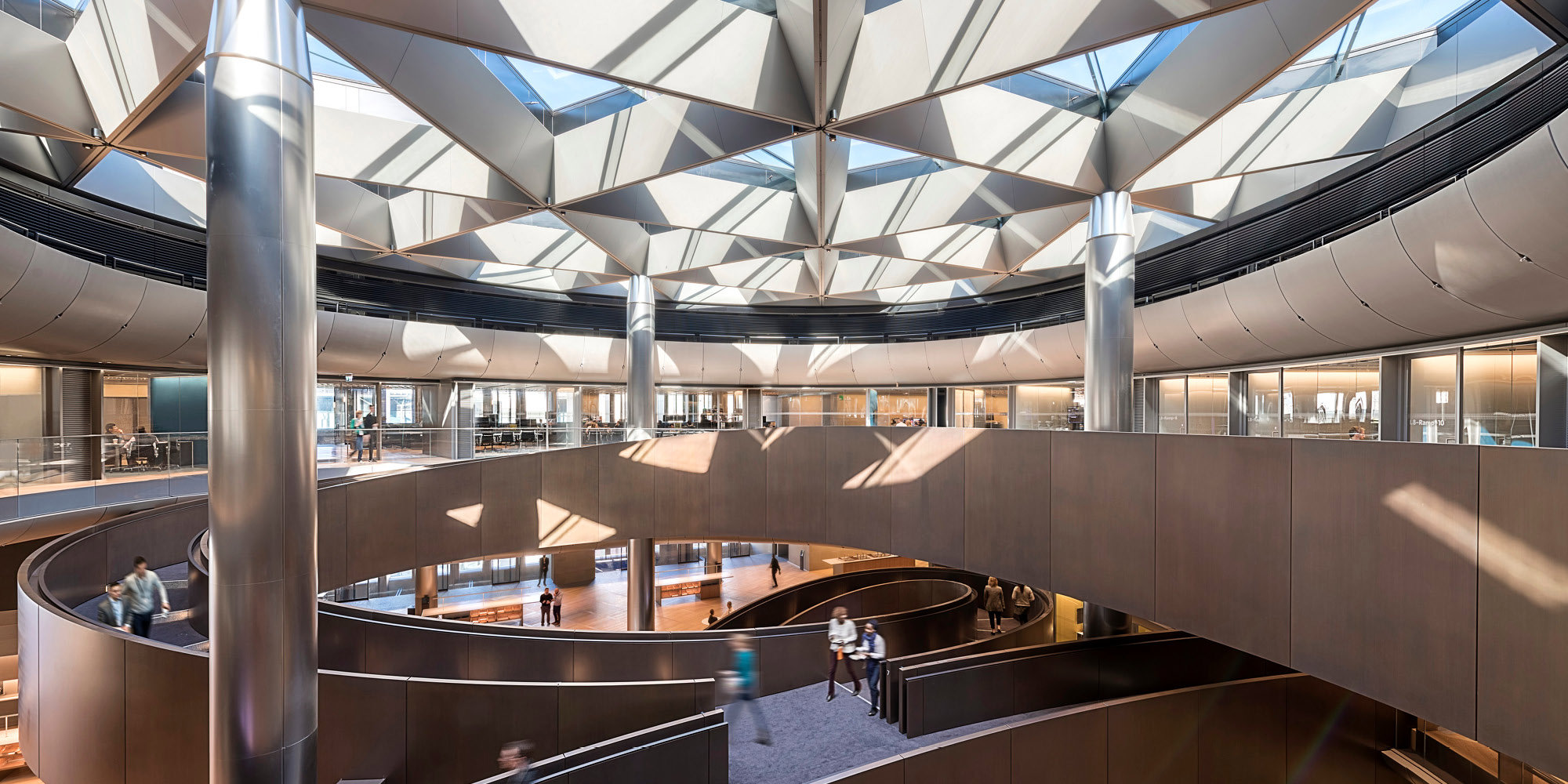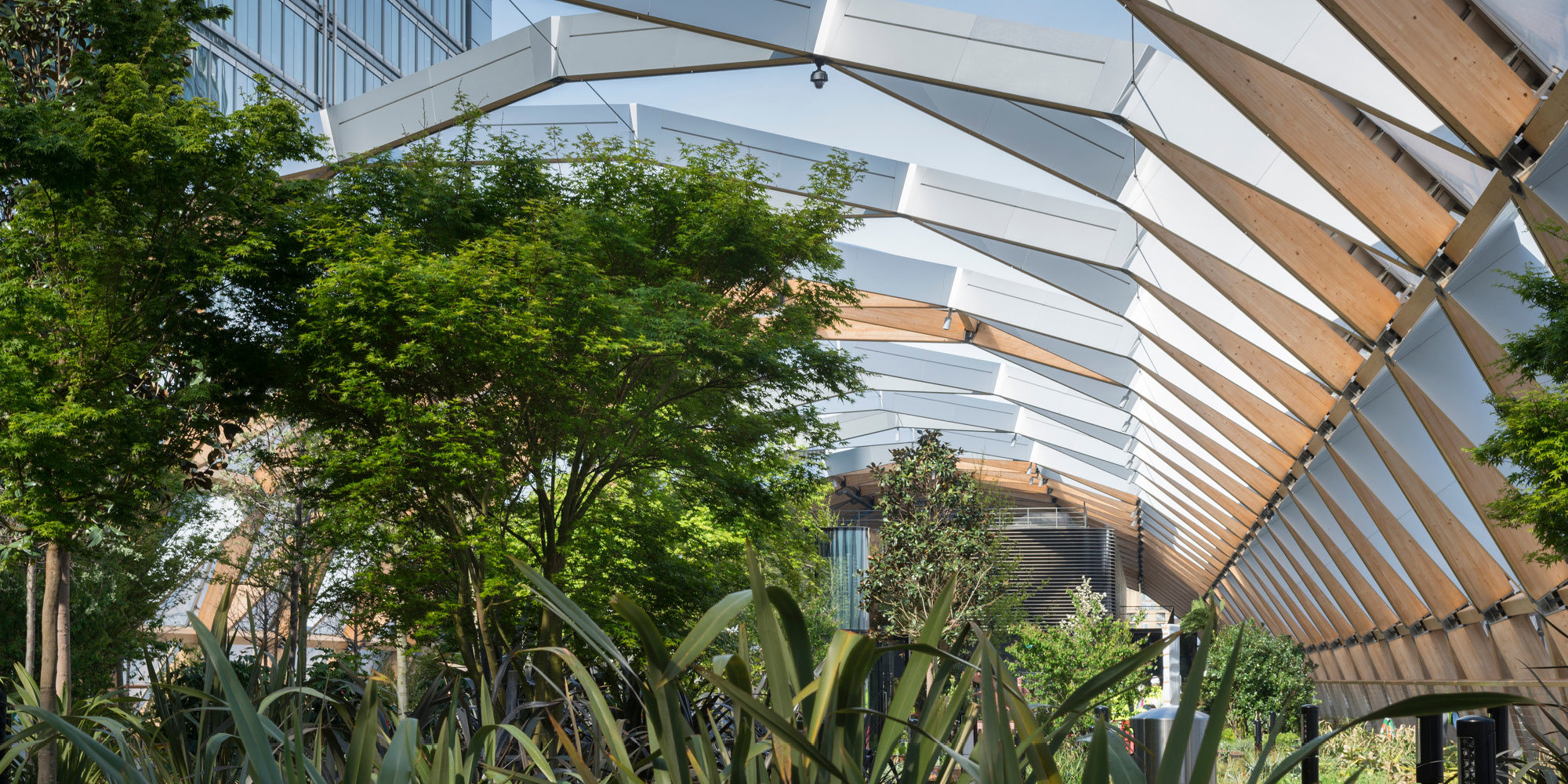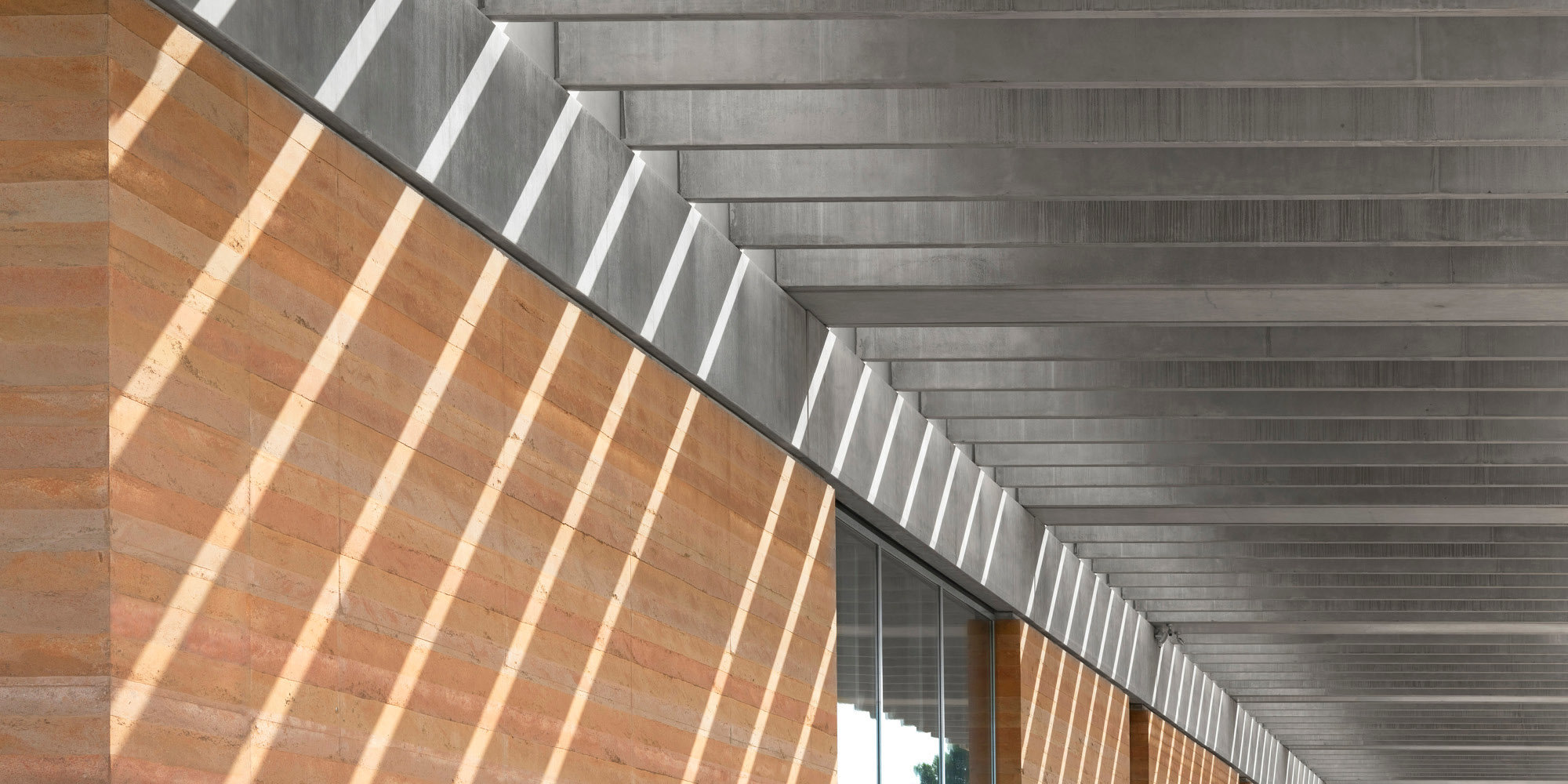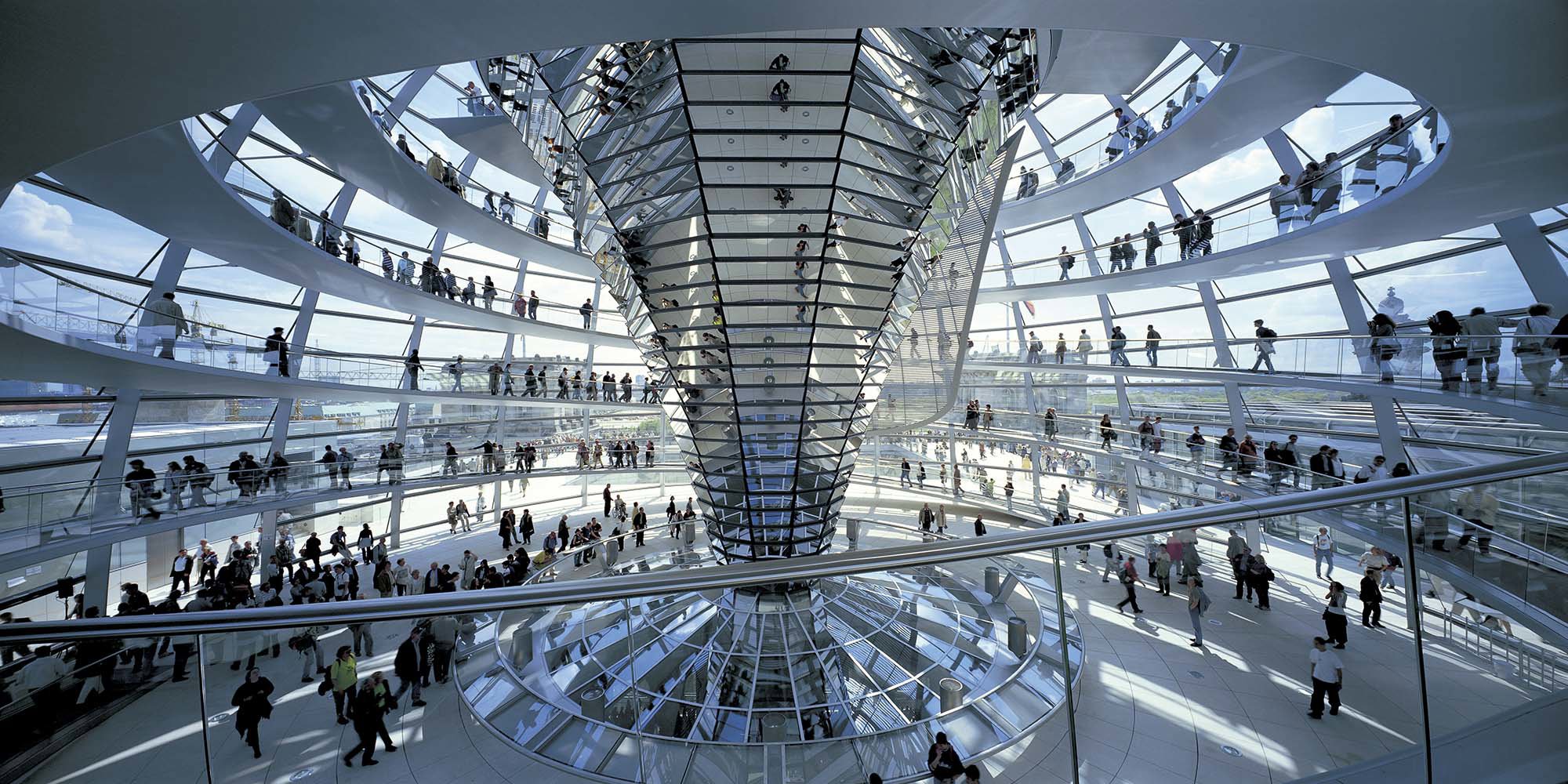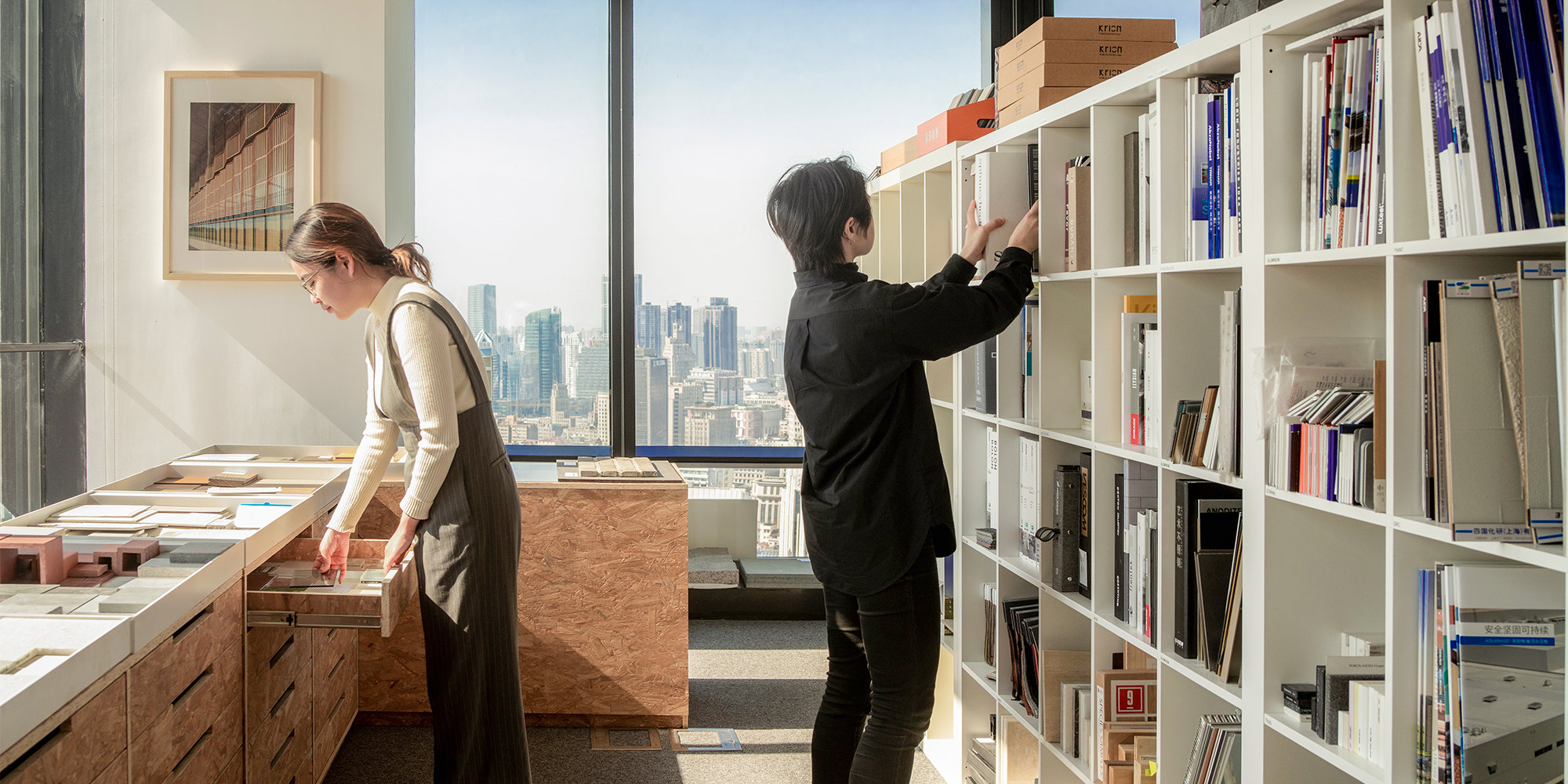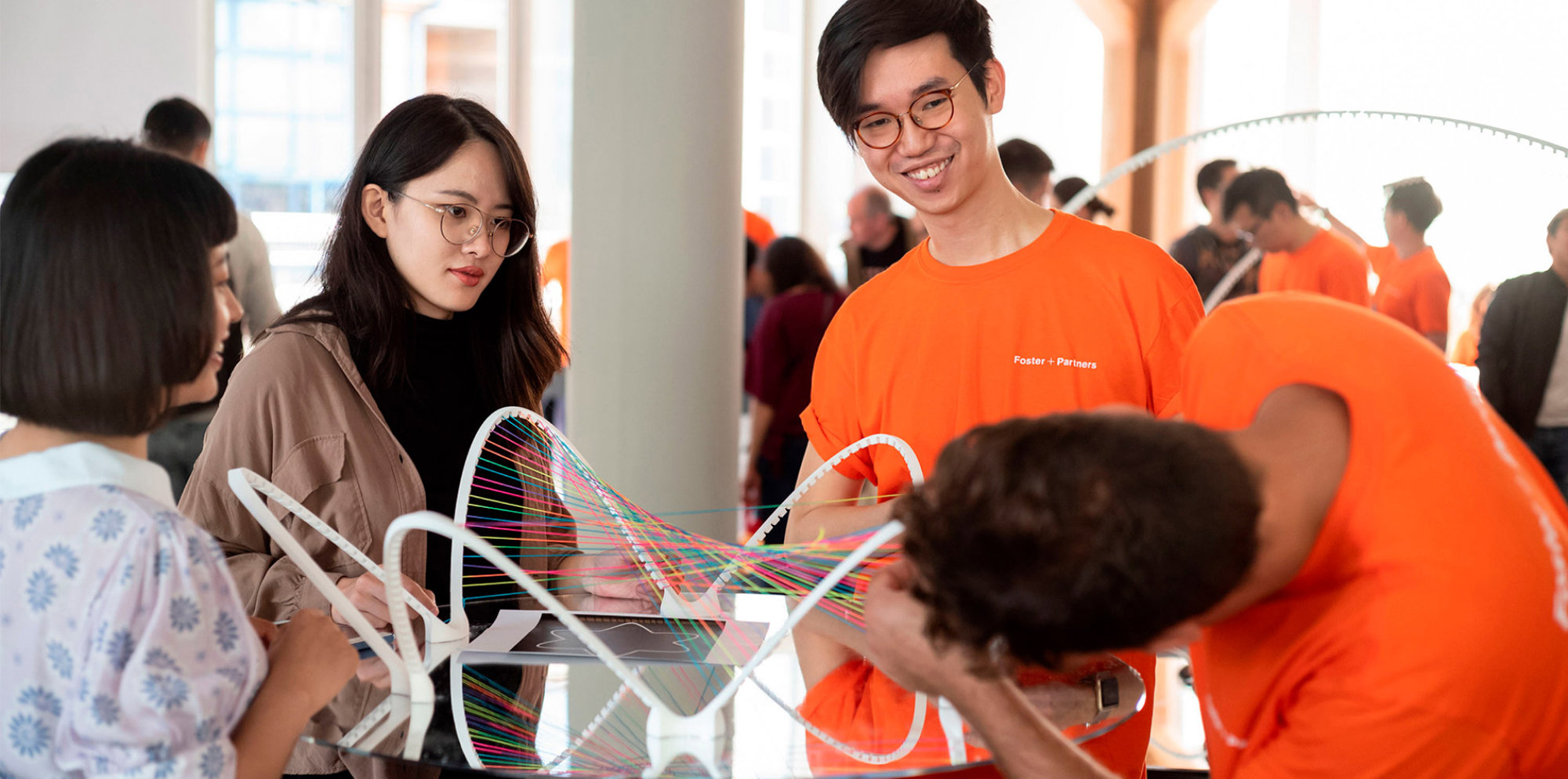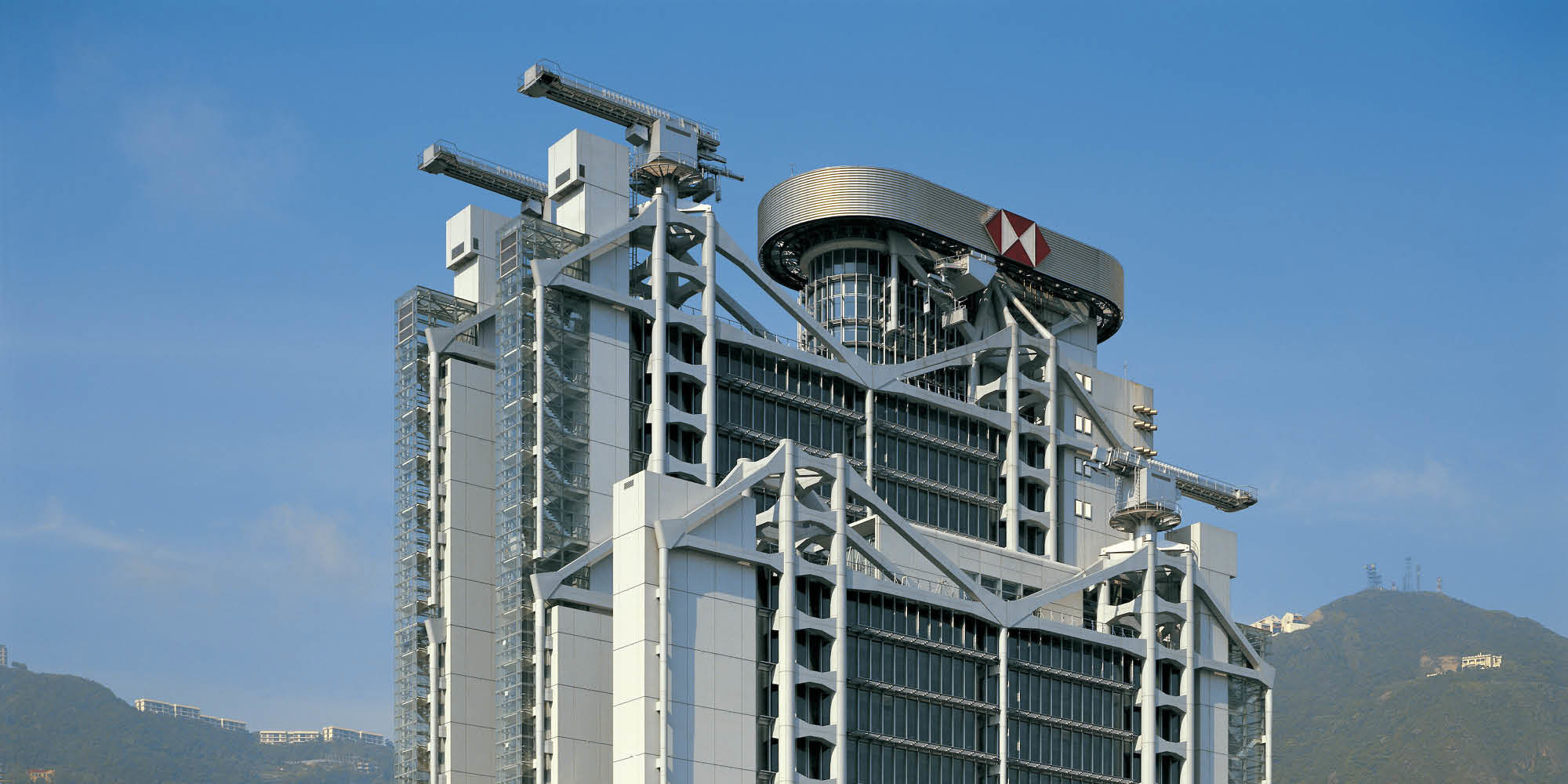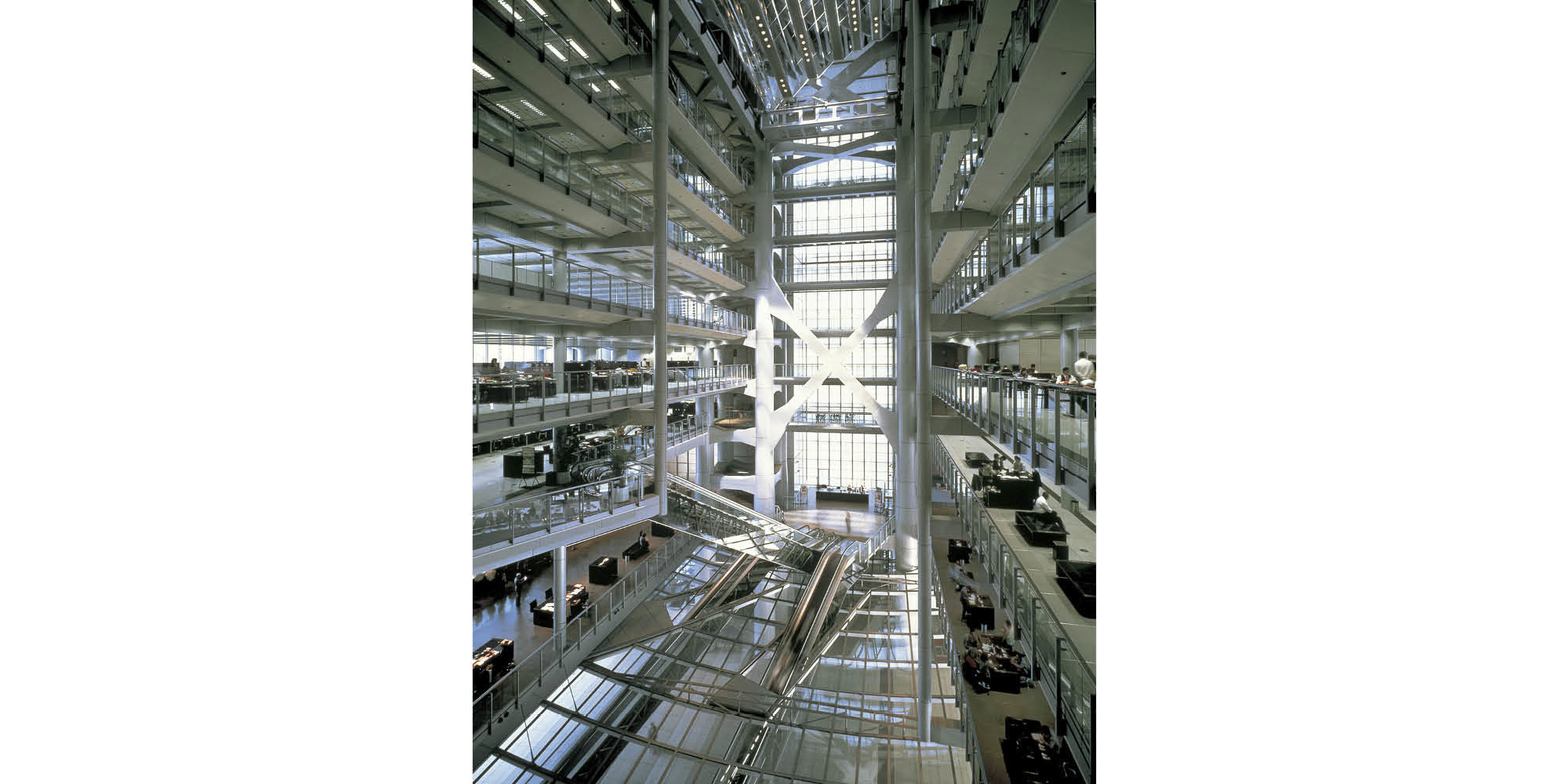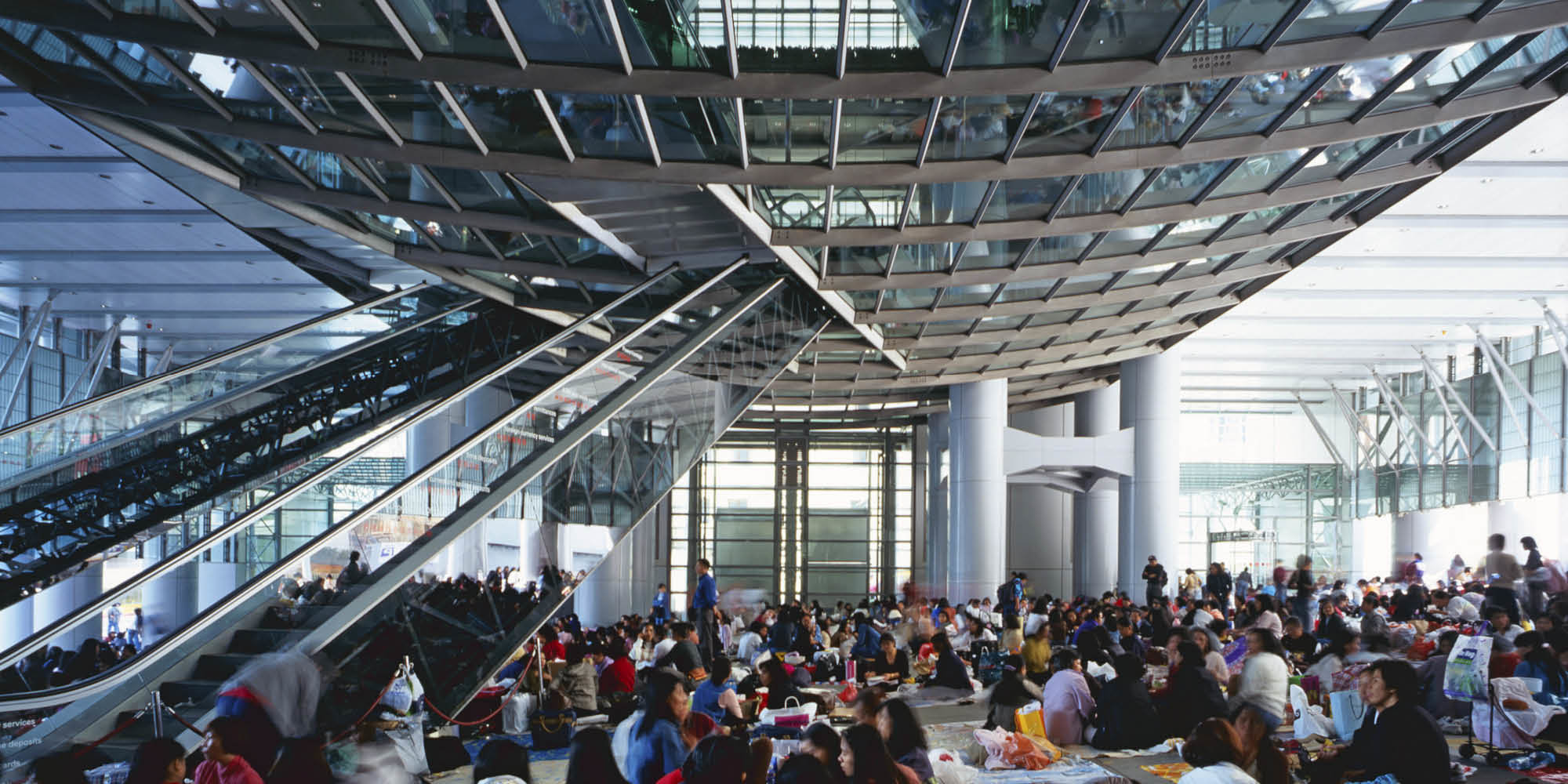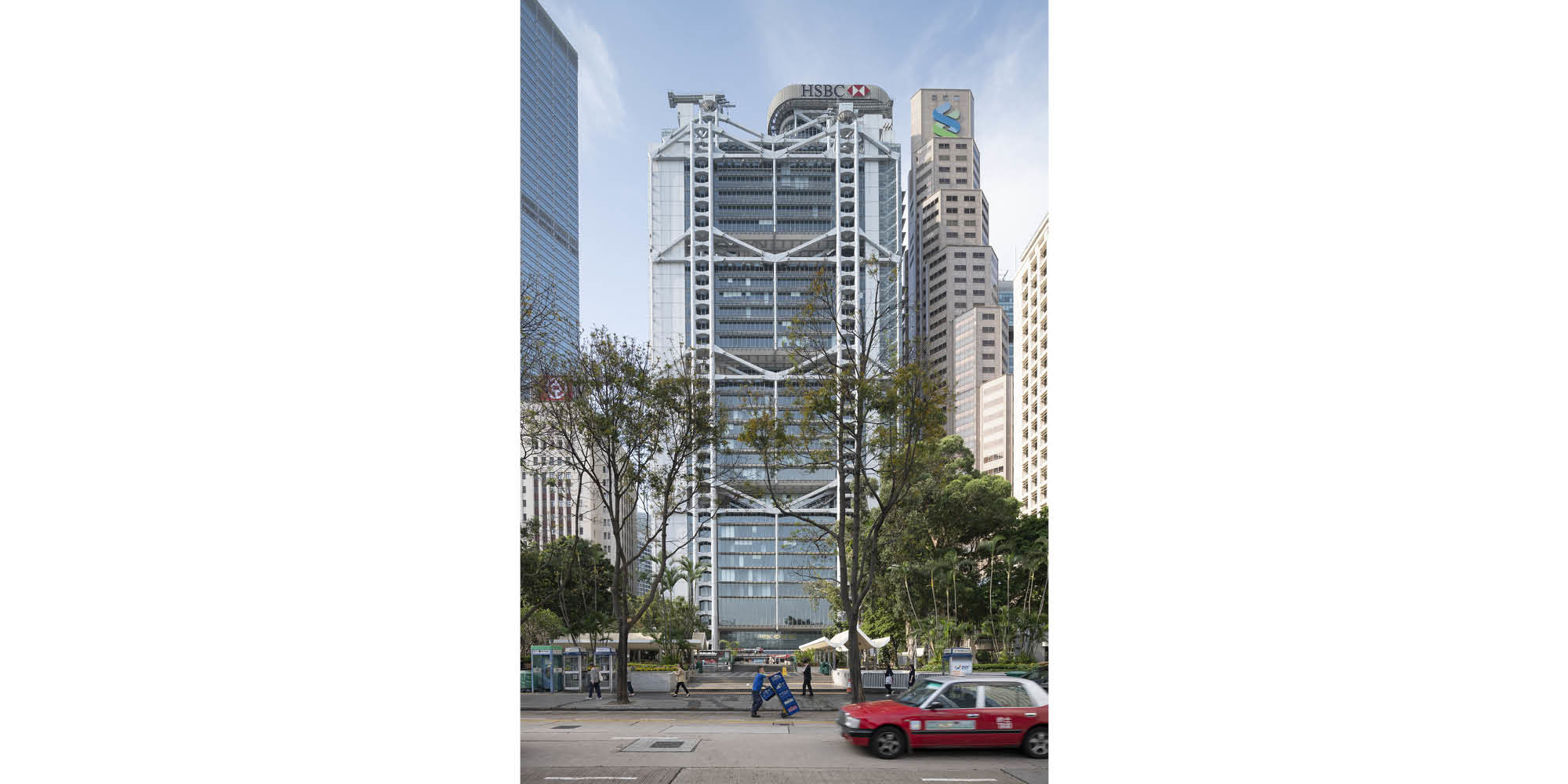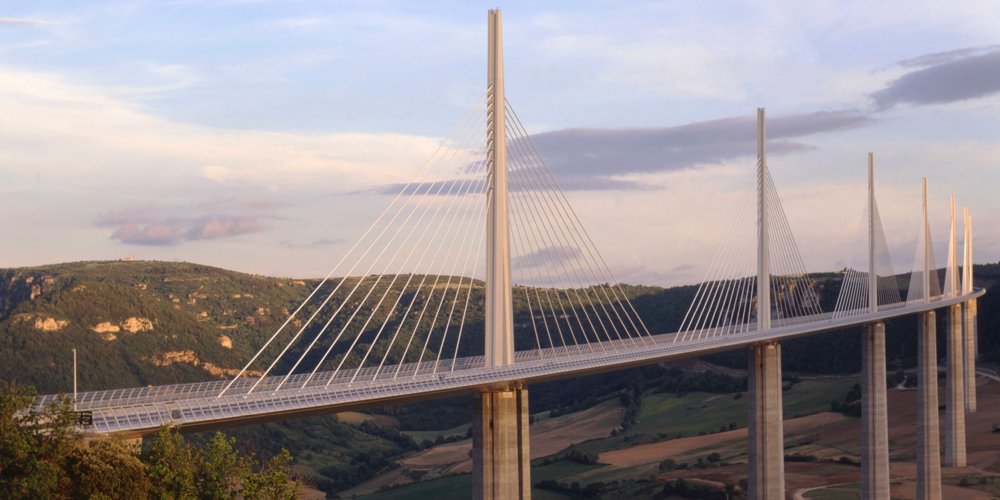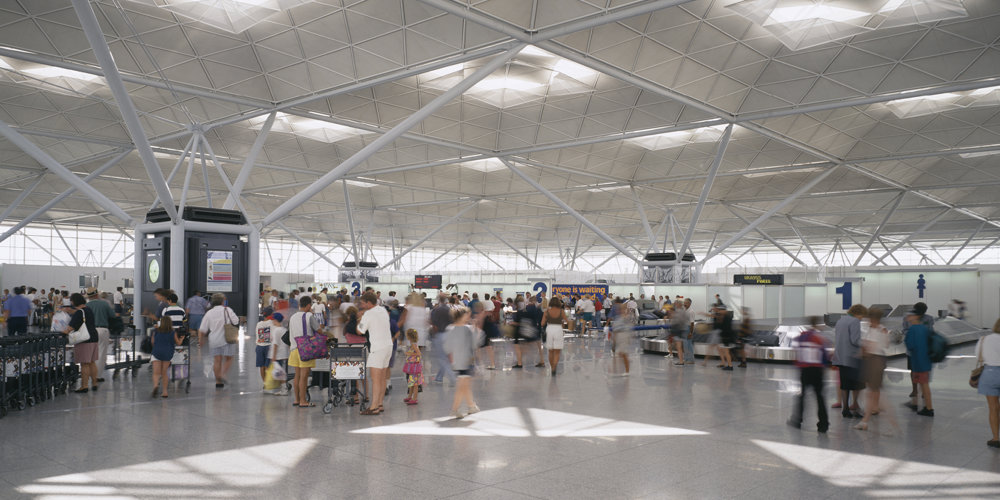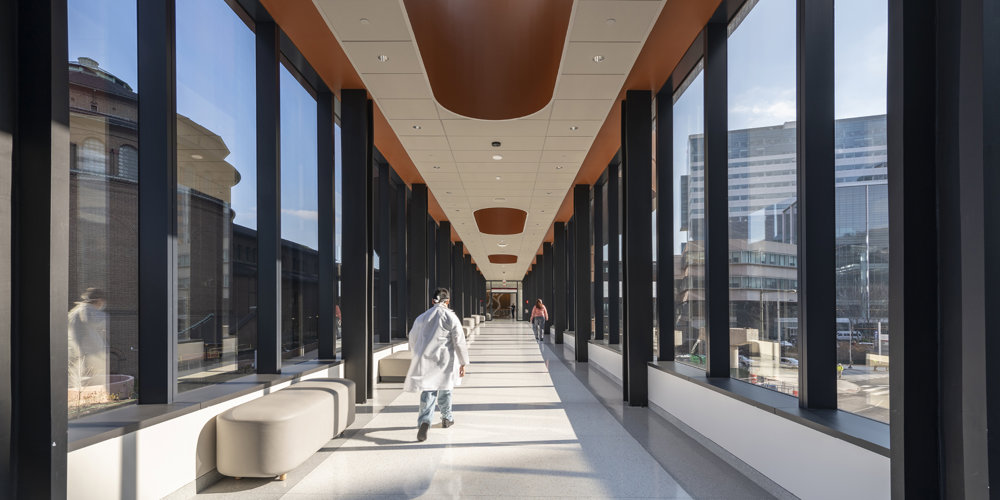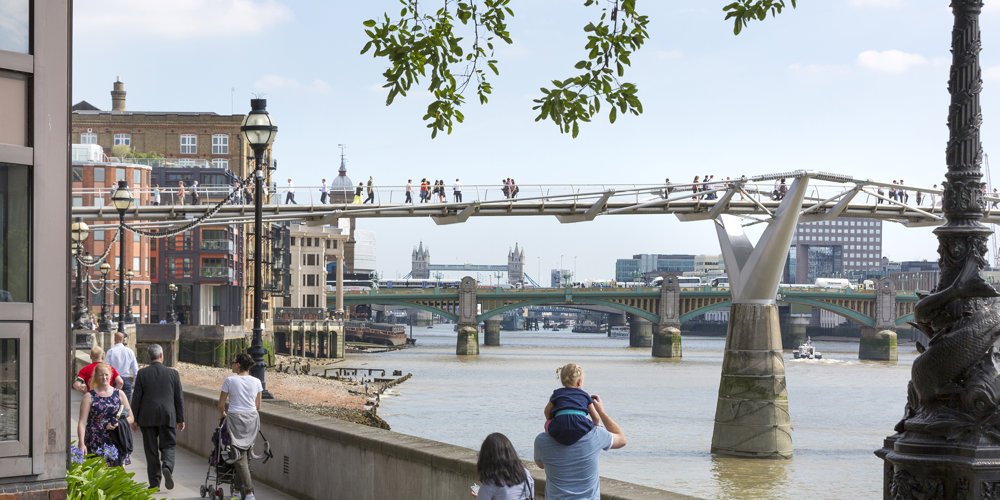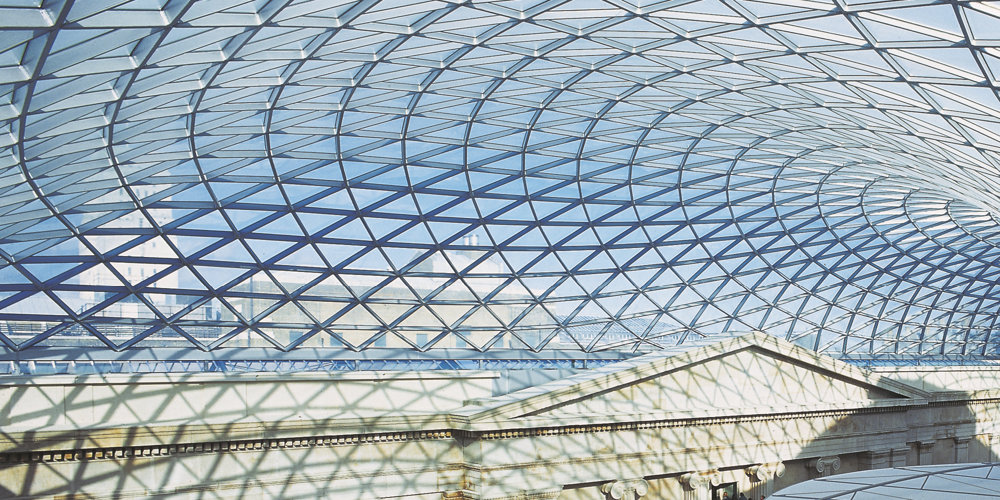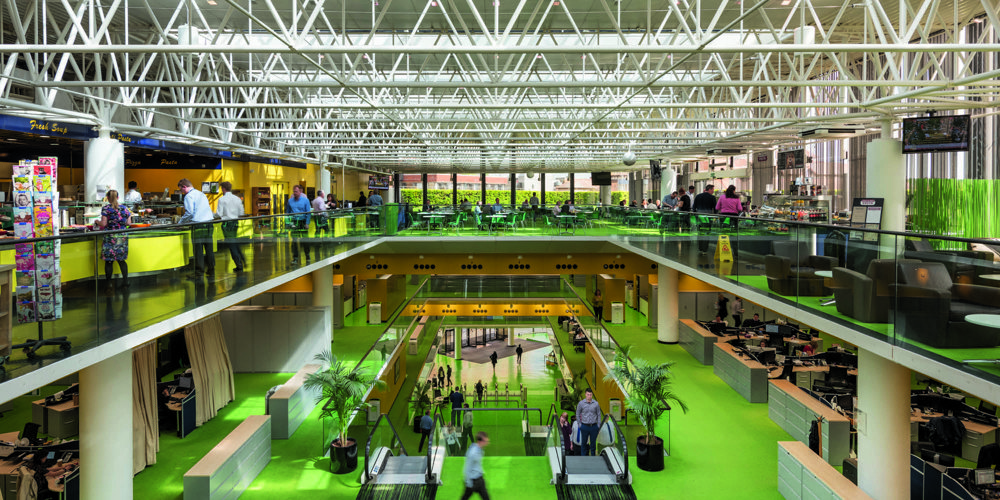The practice’s first project outside the UK, the Hongkong and Shanghai Bank Headquarters virtually reinvented the office tower when it was constructed in 1986. The brief was to create ‘the best bank building in the world.’ What followed was a process of questioning and challenging conventions and an exploration of how the spirit of banking in Hong Kong could be represented in built form.
Learn more about this iconic landmark, from the prefabricated components that enabled rapid construction to how the design is aligned with traditional Chinese design principles.
